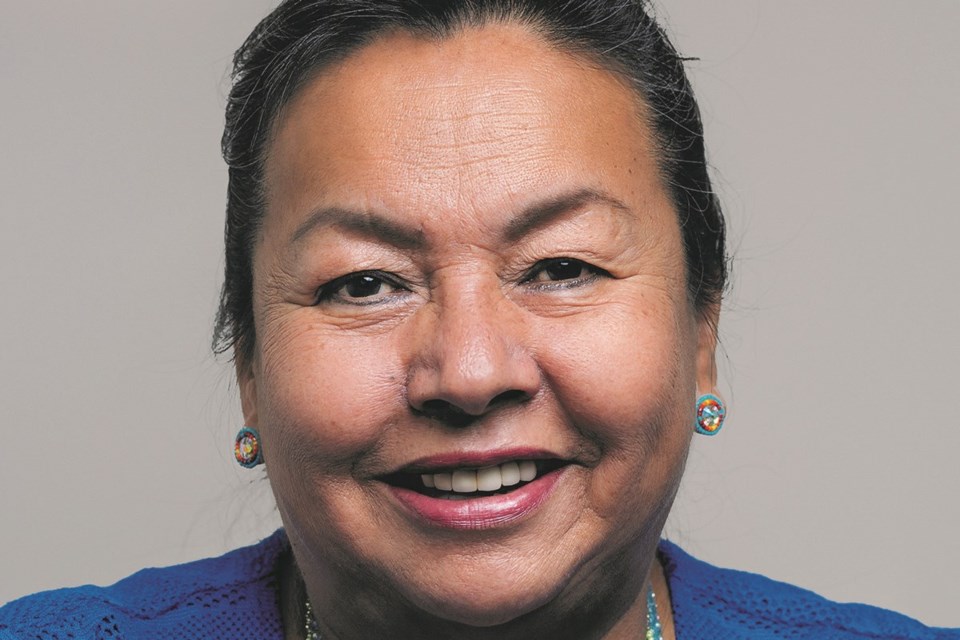SIOUX LOOKOUT – The high cost of putting food on the table in northern First Nations is impacting public health, according to a Sioux Lookout First Nations Health Authority official.
A new report from the health authority says families in northern First Nations are spending a quarter of their income on basic foods.
Authors of The Cost of Eating Well in Kiiwetinoong estimate the cost of feeding a family of four with a healthy diet in the remote communities served by the health authority is up to 69 per cent higher “than a similar healthy diet purchased in Northwestern Ontario towns and cities.”
“I think it certainly impacts on families,” Janet Gordon, the health authority’s vice-president of community health, said Thursday.
“And it does impact on the overall wellness of community. We have a high incidence of diabetes in all of our communities and the burden of illness is certainly higher in a lot of our communities compared to down south.”
Gordon noted that the report presents the cost of feeding a family of four, and “I would say most families up north are larger than that.”
The extra transportation costs of getting groceries up to fly-in First Nations such as Cat Lake and Muskrat Dam drive up prices at the stores, she said.
There is no price competition in single-store communities and the quality of food by the time it reaches a remote First Nation often “is not good,” she added.
Those factors and more “make it very challenging for people to feed their families in a good way,” she said.
“Our report underscores the urgent need for collaborative efforts among government agencies, community partners and private sector to implement sustainable, community-led solutions that improve food affordability and food security,” said Gordon.
A news release from the health authority quoted community well-being director Candi Edwards as saying the report will be used “to help advocate for more resources and supports to address the high cost of food and other inequities impacting First Nations communities.
“Our efforts will continue to focus on supporting community food sovereignty initiatives, exploring opportunities to negotiate prices with vendors, and advocate for policy changes that prioritize Indigenous food sovereignty and address issues such as land rights, food security and environmental protection,” Edwards said.
The full report is available at slfhna.com.
